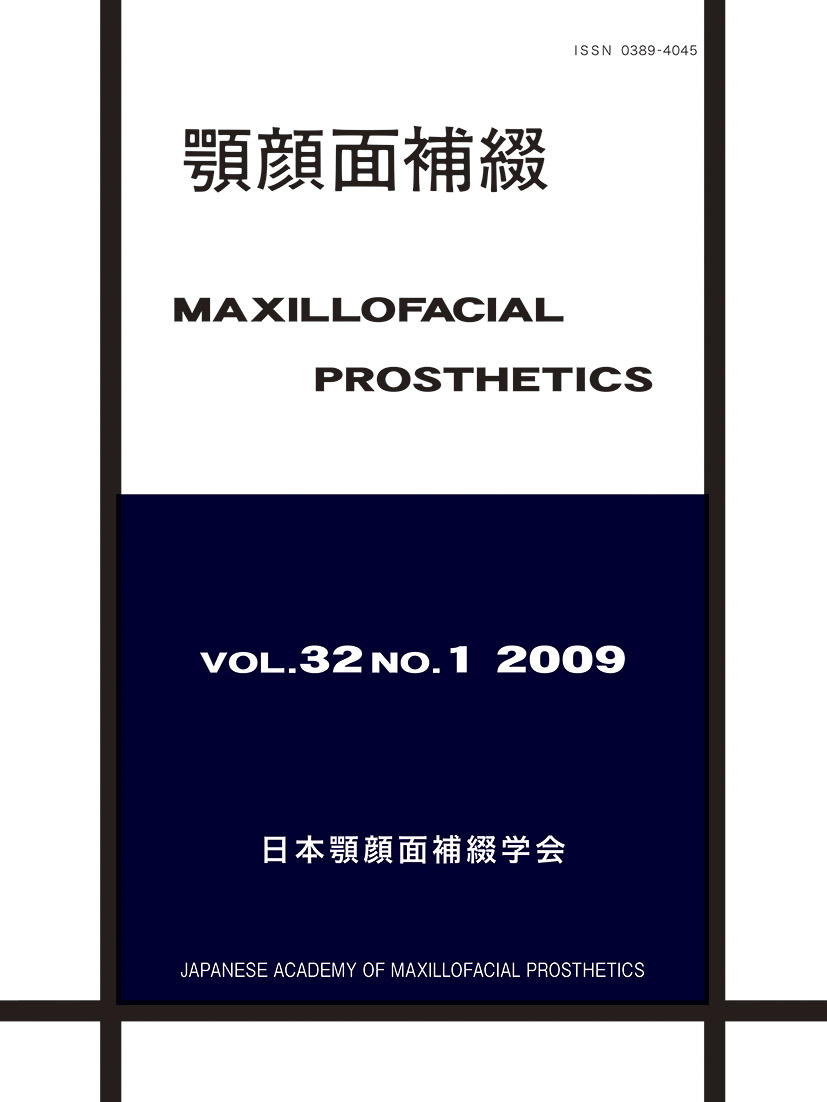32 巻, 1 号
選択された号の論文の6件中1~6を表示しています
- |<
- <
- 1
- >
- >|
原著論文
-
2009 年 32 巻 1 号 p. 1-5
発行日: 2009年
公開日: 2024/04/18
PDF形式でダウンロード (502K)
研究論文
-
2009 年 32 巻 1 号 p. 6-13
発行日: 2009年
公開日: 2024/04/18
PDF形式でダウンロード (699K) -
2009 年 32 巻 1 号 p. 14-20
発行日: 2009年
公開日: 2024/04/18
PDF形式でダウンロード (1047K) -
2009 年 32 巻 1 号 p. 21-28
発行日: 2009年
公開日: 2024/04/18
PDF形式でダウンロード (963K)
短報
-
2009 年 32 巻 1 号 p. 29-31
発行日: 2009年
公開日: 2024/04/18
PDF形式でダウンロード (301K)
報告
-
2009 年 32 巻 1 号 p. 32-48
発行日: 2009年
公開日: 2024/04/18
PDF形式でダウンロード (7752K)
- |<
- <
- 1
- >
- >|
